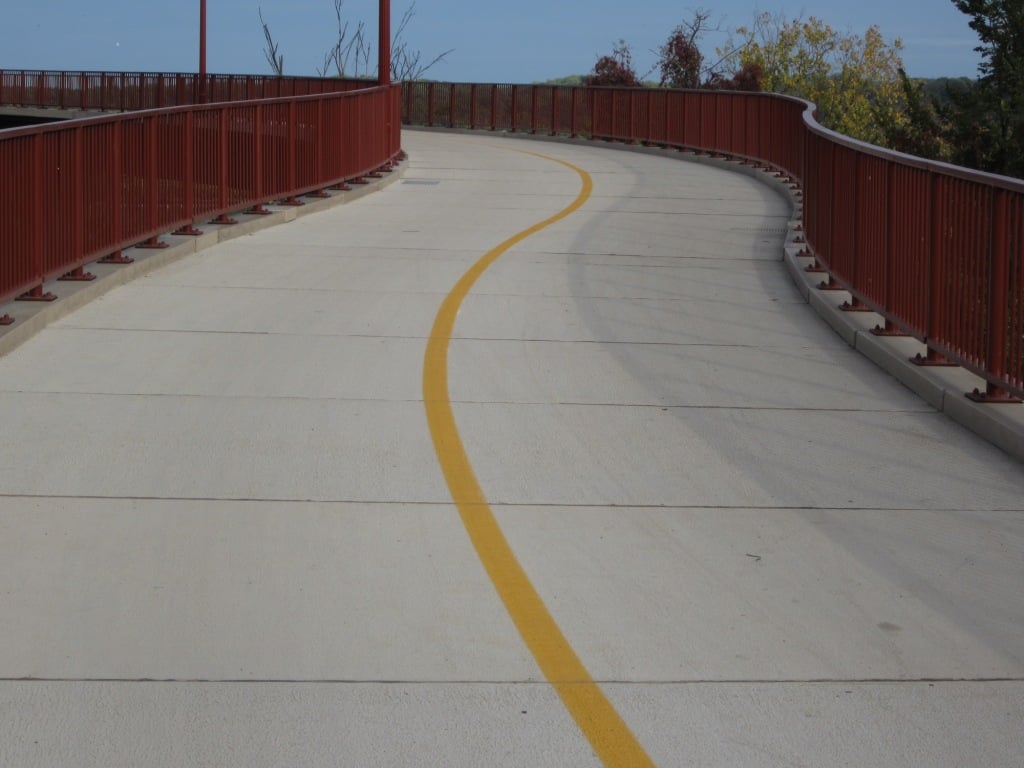 If you ask someone what makes a good design, you are liable to get a variety of answers. According to Interaction-Design, “a good design emphasizes the usefulness of a product while disregarding anything that could detract from it.” Products are purchased to satisfy certain criteria. Structural performance is often at the top of the list but designs can specify functional requirements and psychological and aesthetic elements.
If you ask someone what makes a good design, you are liable to get a variety of answers. According to Interaction-Design, “a good design emphasizes the usefulness of a product while disregarding anything that could detract from it.” Products are purchased to satisfy certain criteria. Structural performance is often at the top of the list but designs can specify functional requirements and psychological and aesthetic elements.
Let me explain why. With an engineered material, we can adjust mechanical properties along with geometric parameters of shape, thickness and size by tailoring a wide range of structural characteristics like strength, stiffness and deflection.
Conventional materials like steel allow for some adjustment to standard properties by changing shape and thickness, but the capacity for changes is limited. You can read more about how FRP stacks up to steel, reinforced concrete and wood by requesting our FRP infographic. One of the key elements that makes FRP so flexible is the manufacturing process we referred to earlier. We employ a unique vacuum infusion process that includes fiberglass fabric layup for tailoring mechanical properties with low cost tooling for a wide range of shapes and sizes. Our process is the most efficient method for molding large structural parts.
FRP’s design flexibility also dramatically expands the types of products and applications it can be used for, from waterfront applications to bridges and specialty items like FRP shrouds. You’ll also want to check back next week as we’ll be digging deeper into the facts behind the features of FRP products. Got a big project or one not so big? Call us today and let us evaluate if FRP is an option for you.

